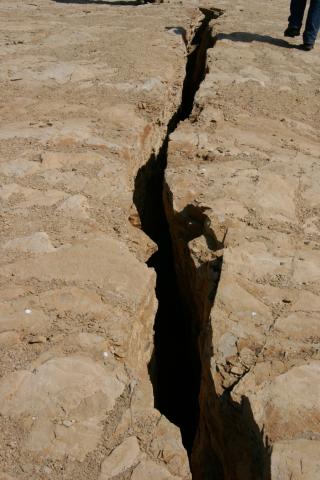State officials have determined that at least 12 earthquakes that occurred in Ohio last December were caused by the injection of brine into hydraulic fracturing disposal wells. As a result of its findings [pdf], the state has established the nation’s “toughest regulations” for the fracking disposal wells.

Originally, geologists were skeptical the earthquakes were caused by the drilling of disposal wells and the subsequent injection of brine; but, after conducting in-depth research, they concluded this process did indeed facilitate the quakes:
“After investigating all available geological formation and well activity data, ODNR [Ohio Department of Natural Resources] regulators and geologists found a number of co-occurring circumstances strongly indicating the Youngstown area earthquakes were induced. Specifically, evidence gathered by state officials suggests fluid from the Northstar 1 disposal well intersected an unmapped fault in a near-failure state of stress causing movement along that fault.”
So, the state has decided to adopt strict regulations in regards to brine disposal wells. Today, the Ohio Department of Natural Resources announced a set of regulations which it believes will eliminate any future occurrence of fracking induced earthquakes.
The most notable of these are: the requirement of gas companies to submit extensive geological data to the ODNR before drilling; mandated implementation of state-of-the-art pressure monitoring systems at well sites; and prohibition of any new wells from being drilled in the Precambrian basement rock formation.
The new regulations are particularly important for Ohioians, as the state sits on a sizable chunk of the Marcellus Shale – the world’s largest known deposit of shale gas.
As ODNR Director James Zehringer said in a statement, “Ohioans demand smart environmental safeguards that protect our environment and promote public health. These new standards accomplish this goal.”
The EPA states there are 144,000 Class II disposal wells across the country; gas companies are injecting 2 billion gallons of brine into these wells daily. To date, six of these wells have been linked to earthquakes.
Image credit: Caitlin Childs via Creative Commons
Subscribe to our newsletter
Stay up to date with DeSmog news and alerts






